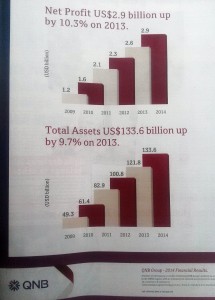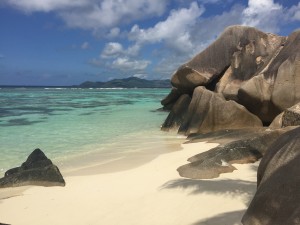The 2014 annual general meeting (AGM) of Unga Ltd. shareholders took place at KICC in Nairobi on December 2 2014. The meeting started on time, and with good attendance, and the set-up was different with the ‘speaker’ (primarily the Chairperson) using a lectern as opposed to answering questions while seated.
Some highlights:
- Maize milling is not very profitable due to tax evading competition at the county level and has been brought back in-house to control the consistency of quality and supply. Also, Unga has implemented new Route-to-Market strategies and is opening up stores/warehouses that sell exclusively Unga products to overcome distribution problems in some areas.
- Unga wants to become a ‘nutrition company’ versus remaining a miller. Therefore Unga has ventured into selling cereals e.g. beans, green grams, etc packaged under ‘Amana’ to attract high-end shoppers.
- Unga got shareholder approval to buy 52% of Ennsvalley Bakery which retails its products through high-end outlets e.g. Nakumatt. Unga’s board (CEO spoke on this) feels Unga can revamp the firm to expand rapidly with a larger product range. The purchase of 52% in Ennsvalley is being financed by the proceeds from the sale of its 51% stake in Bullpak (for Kshs. 335M) and additional cash from internal operations. Unga will also loan additional funds to Ennsvalley at 15%.
- There were interesting (& relevant) questions including the feeling that the sale of Bullpak was ‘cheap’ given the profitability of Bullpak. Some shareholders questioned the high purchase price multiples of Ennsvalley given the low sale price multiple of Bullpak. (Bullpak was a cash cow vs the cash hog Ennsvalley will be for a few years). Also, one of the Unga directors had to declare his interest in Ennsvalley though the extent of his family’s ownership wasn’t stated.
- There was a discussion on GMOs and the MD said that, by seeing world trends, it is just a matter of time before the Government of Kenya has little choice but to approve GMO cereals especially if the region suffers extended drought conditions.
- SWAG? No more bales of flour to be given to shareholders as the cost is too high on a per shareholder basis. This decision was made in earlier years and will remain so in the future.

